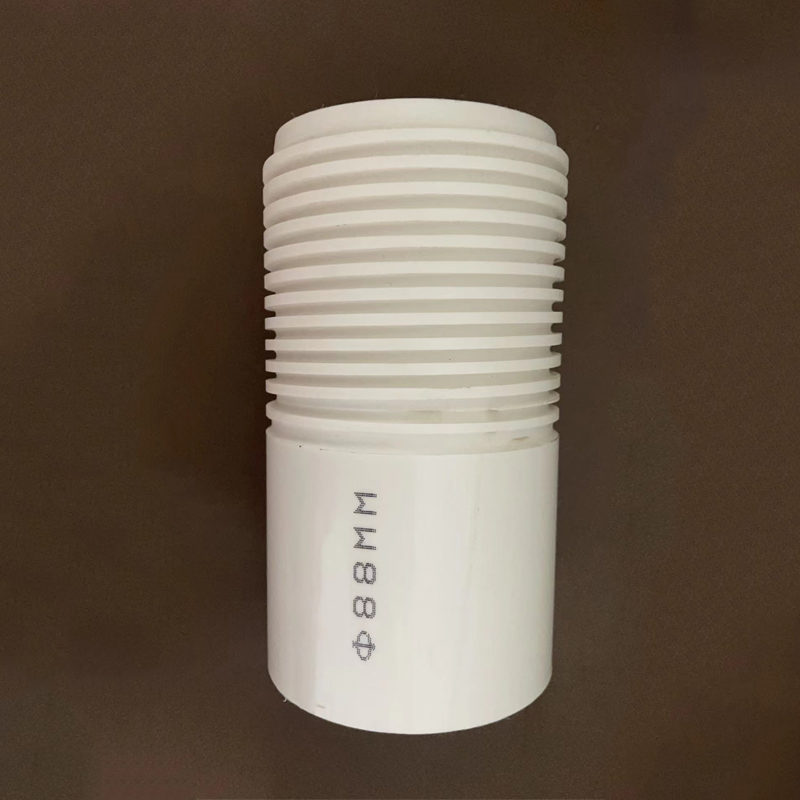Nov . 07, 2024 20:02 Back to list
High-Density Polyethylene Pipes for Safe Drinking Water Supply Solutions
The Benefits and Importance of HDPE Pipes for Drinking Water Supply
High-Density Polyethylene (HDPE) pipes have revolutionized the way we manage water supply systems, particularly in the context of drinking water distribution. With an increasing emphasis on sustainability and safety, HDPE pipes offer numerous advantages that make them the material of choice for modern water infrastructure.
What is HDPE?
High-Density Polyethylene is a type of thermoplastic made from petroleum. Its remarkable properties, including high strength-to-density ratio, chemical resistance, and flexibility, make it exceptionally suitable for various applications, which include the transportation of drinking water. HDPE pipes are manufactured using advanced technologies that ensure they meet rigorous industry standards for safety and usability.
Durability and Longevity
One of the primary benefits of HDPE pipes is their exceptional durability. Unlike traditional materials such as metal or concrete, HDPE is highly resistant to corrosion, rust, and chemical leaching. As a result, these pipes can withstand harsh environmental conditions and have a remarkably long service life, often exceeding 50 years without significant degradation. This longevity not only reduces the frequency of replacements but also lowers maintenance costs, making HDPE an economically favorable option over time.
Health and Safety
When it comes to drinking water, safety is crucial. HDPE pipes are non-toxic and do not leach harmful substances into the water, ensuring that the supply remains pure and safe for consumption. The material complies with various health and safety regulations set by organizations such as the American National Standards Institute (ANSI) and the American Water Works Association (AWWA). By using HDPE pipes, municipalities can confidently provide clean drinking water to their residents, fostering trust within the community.
Flexibility and Ease of Installation
hdpe pipe for drinking water product

Another noteworthy feature of HDPE pipes is their flexibility. This property allows for ease of installation, especially in challenging terrains where traditional piping might be difficult to maneuver. HDPE can be easily curved or bent to fit around environmental obstacles, which minimizes the need for additional fittings and joints—factors that can often be weak points in a water delivery system. Additionally, the lightweight nature of HDPE pipes makes transportation and handling much easier, ultimately expediting the installation process and reducing labor costs.
Resistance to Leaks
HDPE pipes are known for their strong joint integrity, primarily due to the jointing processes like heat fusion that create a homogenous bond. This fusion eliminates the potential for leaks, a critical factor in ensuring that drinking water remains uncontaminated and that resources are used efficiently. Additionally, leak-free systems help conserve water, thereby addressing the global issue of water scarcity.
Environmental Sustainability
In a world increasingly concerned with environmental impact, HDPE pipes stand out as an eco-friendly option. They are made from recyclable materials and can be recycled at the end of their life cycle, significantly reducing landfill waste. Moreover, the installation of HDPE piping systems can contribute to lower energy consumption compared to traditional materials, as they often require less energy to transport and install.
Cost-Effectiveness
Although the initial cost of HDPE pipes may be slightly higher than some traditional options, the long-term savings they represent are substantial. Their durability, reduced maintenance needs, and the lower likelihood of leaks contribute to significant savings over time. As communities and governments seek to optimize their budgets while ensuring high-quality water supply systems, HDPE pipes present a financially sound investment.
Conclusion
In conclusion, the adoption of High-Density Polyethylene pipes for drinking water applications offers numerous benefits ranging from durability and safety to flexibility and cost-effectiveness. As we continue to prioritize sustainability and health in our water infrastructure, it is clear that HDPE piping will play an essential role in shaping a reliable and efficient drinking water supply system. Choosing HDPE pipes is not just a decision for today; it is an investment in a safer, cleaner, and more sustainable future for our communities.
-
High-Quality PVC Borehole Pipes Durable & Versatile Pipe Solutions
NewsJul.08,2025
-
High-Quality PVC Perforated Pipes for Efficient Drainage Leading Manufacturers & Factories
NewsJul.08,2025
-
High-Quality PVC Borehole Pipes Durable Pipe Solutions by Leading Manufacturer
NewsJul.08,2025
-
High-Quality PVC Borehole Pipes Reliable PVC Pipe Manufacturer Solutions
NewsJul.07,2025
-
High-Quality UPVC Drain Pipes Durable HDPE & Drain Pipe Solutions
NewsJul.07,2025
-
High-Quality Conduit Pipes & HDPE Conduit Fittings Manufacturer Reliable Factory Supply
NewsJul.06,2025

